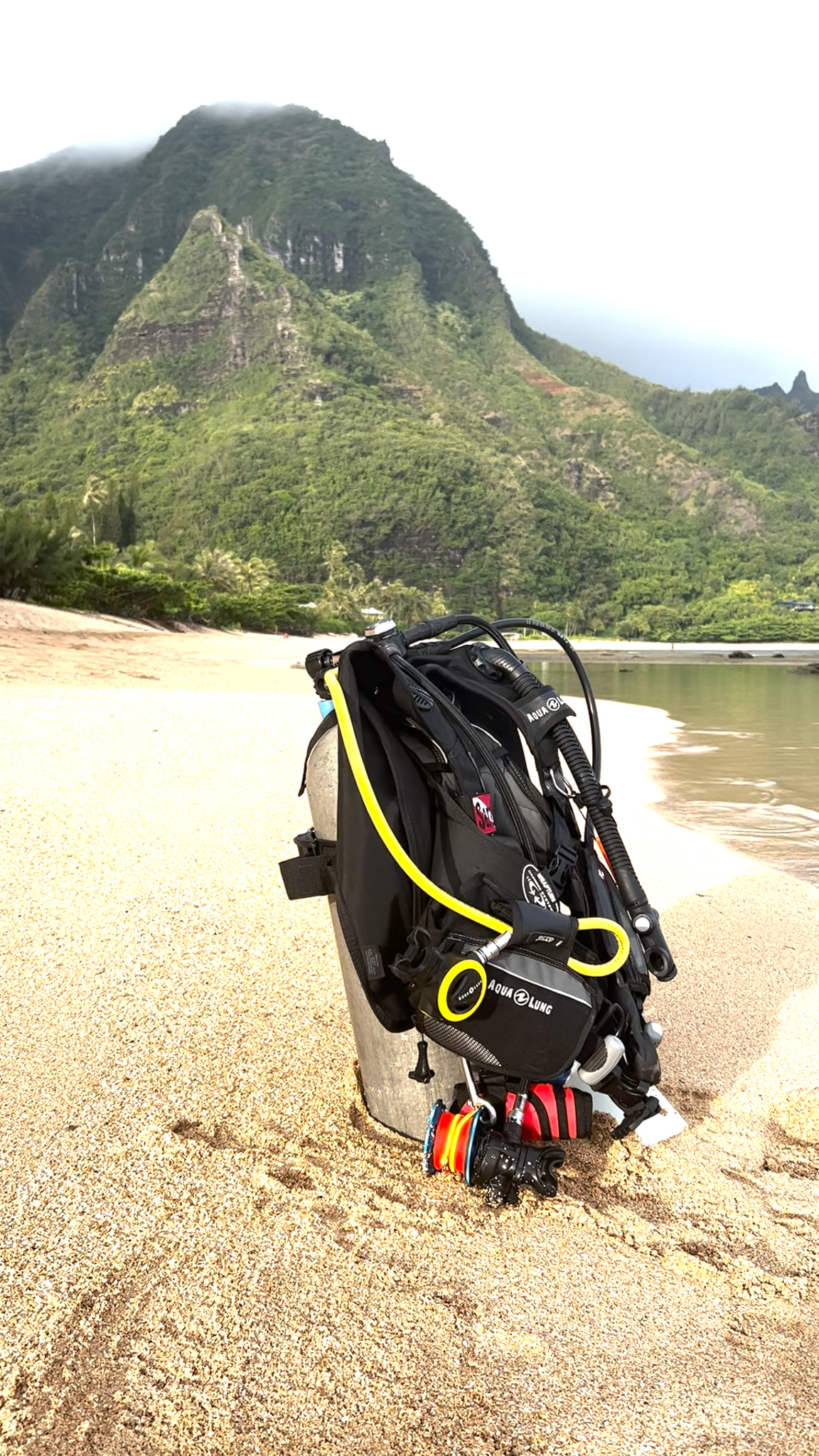Exploring the Depths of Kauai: The Enigmatic Cephalopholis argus – Peacock Hind
Dive into the mesmerizing waters of Kauai, and you’re likely to encounter an array of vibrant and captivating marine life. Among these, the Cephalopholis argus stands out for its striking appearance and fascinating behavior. Known by several names – the Peacock Hind, Roi, Bluespotted Grouper, and Celestial Grouper – this fish is a testament to the rich biodiversity of Hawaii’s waters. This article delves into the world of the Cephalopholis argus, offering insights into its habitat, characteristics, and why it’s a must-see for divers visiting Kauai, particularly those exploring with Fathom Five Divers.
Introduction to Cephalopholis argus
Cephalopholis argus is a medium-sized grouper that captivates the attention of divers and marine biologists alike. Its body is adorned with a constellation of blue spots that contrast beautifully against its darker background, reminiscent of the night sky. This celestial pattern not only contributes to its names but also serves as camouflage among the coral reefs it calls home.
Habitat and Distribution
The Peacock Hind is widely distributed across the Indo-Pacific region, from the coast of Africa to the central Pacific Ocean. In Hawaii, and particularly in Kauai, it thrives in the coral reefs, making it a common sight for divers exploring these ecosystems. The fish prefers reef environments with plenty of hiding spots, as it is both a predator and prey in its natural habitat.
Is the Cephalopholis argus Endemic to Hawaii?
While Cephalopholis argus is not endemic to Hawaii – meaning it is found in other parts of the world as well – it plays a significant role in the local marine ecosystem. Its presence in Kauai’s waters adds to the diversity and allure of the island’s diving sites.
Behavior and Diet
The Peacock Hind is a solitary predator, feeding primarily on smaller fish and crustaceans. Its hunting strategy involves lying in wait, camouflaged against the reef, before pouncing on unsuspecting prey. This behavior makes it an interesting subject for divers and underwater photographers looking to capture the dynamic aspects of marine life.
Conservation Status and Concerns
Though currently not listed as endangered, the Cephalopholis argus faces threats from overfishing and habitat loss. In Hawaii, efforts are being made to manage fishing practices and protect coral reef habitats to ensure the sustainability of species like the Peacock Hind.
Diving with Fathom Five Divers
Fathom Five Divers, a premier dive operation in Kauai, offers divers the opportunity to explore the island’s rich underwater world, including encounters with the mesmerizing Cephalopholis argus. With a strong commitment to conservation and a deep understanding of the local marine ecosystem, Fathom Five Divers provides educational dives that highlight the importance of each species, including the unique role of the Peacock Hind in the reef environment.
Why Divers Should Look Out for Cephalopholis argus
Spotting a Peacock Hind while diving in Kauai is a memorable experience. Its striking appearance and fascinating behavior offer a glimpse into the complexity and beauty of marine ecosystems. For divers interested in marine biology or underwater photography, observing the Cephalopholis argus in its natural habitat is an opportunity not to be missed.
Conclusion
The Cephalopholis argus is just one of the many marvels awaiting divers in Kauai’s waters. Whether you’re a seasoned diver or someone looking to explore the underwater world for the first time, the island’s reefs offer an unparalleled opportunity to witness the diversity of marine life. Diving with operations like Fathom Five Divers not only enhances this experience but also contributes to the preservation of these ecosystems for future generations. So, gear up, dive in, and prepare to be amazed by the celestial beauty of the Peacock Hind and the

myriad other wonders beneath the waves of Kauai.
FAQs
1. Can novice divers spot the Cephalopholis argus in Kauai?
Absolutely! Fathom Five Divers caters to all experience levels, ensuring even beginners have a chance to encounter the Peacock Hind in shallower, accessible dive sites.
2. Is it safe to dive close to a Peacock Hind?
Yes, it is generally safe. Like most groupers, the Peacock Hind is not aggressive towards divers unless provoked. Maintaining a respectful distance is always advised.
3. What’s the best time of year to dive in Kauai to see the Cephalopholis argus?
While diving conditions in Kauai are excellent year-round, the best visibility and weather conditions are typically between May and
September.
4. Are there any conservation efforts in place for the Peacock Hind in Hawaii?
Yes, there are several conservation programs and marine protected areas in Hawaii designed to protect species like the Peacock Hind and
their habitats.
5. How can divers help protect the marine ecosystem in Kauai?
Divers can contribute by following responsible diving practices, such as not touching marine life or coral, participating in reef clean-up dives, and supporting eco-friendly dive operations like Fathom Five Divers.
